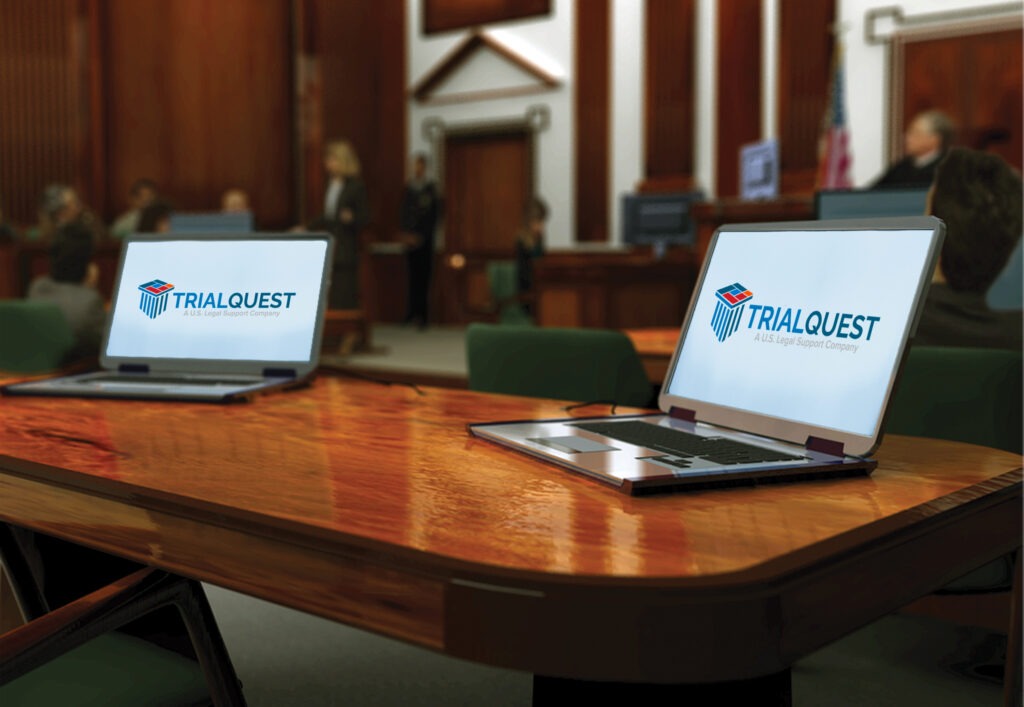Legal experts trust professional trial presentations to support their courtroom strategy.
Legal experts trust professional trial presentations to support their courtroom strategy.
Blog Article
Exactly How Trial Presentations Enhance Your Argument and Persuade Jurors
Trial presentations act as a crucial device for boosting lawful disagreements and convincing jurors. By integrating visual aids, narrative frameworks, and psychological interaction, attorneys can create a compelling instance that reverberates on several levels. The strategic usage of visuals not just clears up complicated information yet additionally catches jurors' attention better than words alone. Nonetheless, the art of storytelling plays an equally critical duty in changing factual proof right into a compelling story, shaping jurors' perceptions - trial presentations. Comprehending these elements can substantially affect test results, elevating the concern of how each part adds to this detailed dynamic.

Value of Visual Help
Aesthetic aids play a crucial duty in improving the effectiveness of test presentations, as they can significantly boost audience involvement and retention of info. In the context of a test, where jurors are entrusted with processing facility info, aesthetic aids offer to simplify and clarify crucial points. Graphes, graphs, and pictures can convey data and principles that may or else overwhelm or perplex jurors, allowing for an extra straightforward understanding of the proof provided.
Moreover, aesthetic aids aid in preserving juror focus throughout the proceedings. By damaging the monotony of verbal testament, these tools can punctuate essential disagreements, making them extra memorable. Efficient aesthetic help can also stimulate psychological responses, which can be essential in encouraging jurors to align with the speaker's story.

Crafting Compelling Narratives
An engaging story is important in test discussions, as it serves as the backbone of reliable persuasion. It allows attorneys to weave with each other realities, evidence, and emotional aspects right into a coherent story that reverberates with jurors. This narrative framework enables jurors to understand the complexities of the instance while guiding them through the attorney's disagreement.
To craft a compelling story, lawyers need to concentrate on quality and comprehensibility. In addition, the usage of brilliant summaries can produce mental images that help jurors visualize the occasions, making the story a lot more unforgettable.
Additionally, integrating essential themes throughout the presentation enhances the core message and help in retention like it - trial presentations. The narrative ought to not only share details however also evoke a sense of justice, highlighting the risks included. Eventually, a well-constructed story cultivates a connection between the jurors and the instance, placing the attorney's argument as both reliable and compelling, therefore boosting the probability of a beneficial verdict

Engaging the Court Mentally
Effective court engagement rests on the attorney's capability to get in touch with jurors on a psychological level. This link can significantly affect jurors' perceptions and their utmost decision-making. Utilizing sob stories enables lawyers to humanize the case, transforming abstract legal principles into relatable experiences. By offering real-life stories or testimonies, lawyers can evoke compassion and concern, fostering a much deeper understanding of the issues at stake.
Visual aids, such as photos or video right here clips, can further enhance emotional involvement, providing jurors with vibrant depictions of the instance's human components. Crafting a narrative that highlights the struggles and victories of the people involved ensures that jurors see beyond the legal disagreements and identify the human effects of their decisions.
Furthermore, tone and body language play a vital duty in conveying emotion. An attorney's passionate delivery can resonate with jurors, reinforcing their emotional investment in case. It's vital to stabilize sob stories with accurate proof, ensuring that jurors really feel urged to act while staying grounded in the reality. Eventually, a psychologically involved jury is most likely to be encouraged, making psychological connection a crucial element of efficient test discussions.
Structuring Your Discussion

The body of the discussion ought to be logically fractional into key factors, each supported by engaging evidence. It is valuable to utilize storytelling strategies to weave facts right into a narrative that jurors can conveniently comply with. Aesthetic aids, such as graphes and videos, can boost comprehension and involvement, helping to highlight essential pieces of proof.
Real-World Situation Researches
Examining real-world situation research studies gives important insights into the art of test discussions and persuasion. The protection group effectively employed a technique that integrated top-level specialist testaments with multimedia discussions, which captivated jurors and ultimately influenced their decision.
Another noteworthy example is the "McDonald's Coffee Situation," where the plaintiff's attorneys used graphic pictures of the injuries endured by Stella Liebeck. trial presentations. This plain visual evidence played a vital function in communicating the intensity of her burns, bring about a substantial court honor. Such situations show that impactful test discussions usually pivot on the reliable assimilation of visuals and narration to evoke emotional responses from jurors
Furthermore, the "Casey Anthony Test" highlighted the relevance of narrative comprehensibility and reputation. The prosecution's failing to establish a compelling timeline diminished their influential power, emphasizing the requirement of a well-structured presentation. Analyzing these instances exposes that successful trial presentations require critical preparation, emotional engagement, and the capacity to reverberate with jurors' values and ideas.
Final Thought
Trial presentations considerably boost debates and encourage jurors through the calculated usage of aesthetic aids, engaging narratives, and emotional involvement. A well-structured discussion equilibriums emotional charms with factual proof, ultimately resonating with jurors' worths.
Report this page